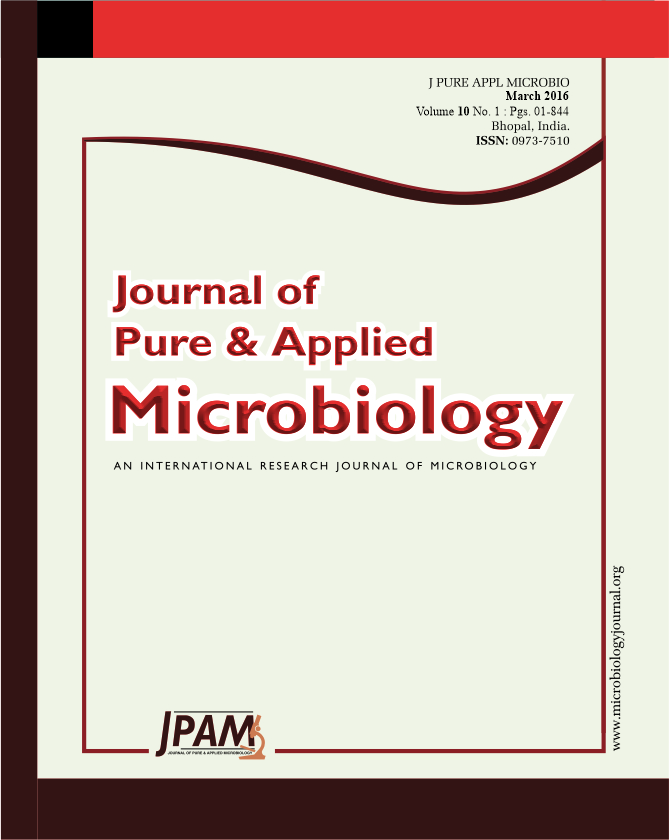The present investigation was carried out to study area, production and productivity trends and growth rates of cotton crop grown in Ahmedabad Region of Gujarat State for the period 1949-50 to 2007-08 based on parametric and nonparametric regression models. In parametric models different linear, non-linear and time-series models were employed. The statistically most suited parametric models were selected on the basis of adjusted R2, significant regression co-efficient and co-efficient of determination (R2). Appropriate time-series models were fitted after judging the data for stationarity. The statistically sound model was selected on the basis of various goodness of fit criteria viz. Akaike’s Information Criterion, Bayesian Information Criterion, RMSE, MAE and assumptions of normality and independence of residuals. In nonparametric regression optimum bandwidth was computed by cross-validation method. ‘Epanechnikov-kernel’ was used as the weight function. Nonparametric estimates of underlying growth function were computed at each and every time point. Residual analysis was carried out to test the randomness. Relative growth rates of area, production and productivity were estimated based on the best fitted trend function. None of the parametric model was found suitable to fit the trends in area, production and productivity of the cotton crop. Nonparametric regression was finally selected as the best fitted trend function for the area, production and productivity of cotton crop based on lower values of root mean square and mean absolute errors. Cotton production had increased at a rate of 2.58% which was due to combined effect of increase in area and productivity at a rate of 0.66 and 1.15 per cent per annum respectively.
Adjusted R2, Stationarity, akaike’s information criterion, Bayesian information criterion, Lijung and box test, Cross validation, Band width.
© The Author(s) 2016. Open Access. This article is distributed under the terms of the Creative Commons Attribution 4.0 International License which permits unrestricted use, sharing, distribution, and reproduction in any medium, provided you give appropriate credit to the original author(s) and the source, provide a link to the Creative Commons license, and indicate if changes were made.


